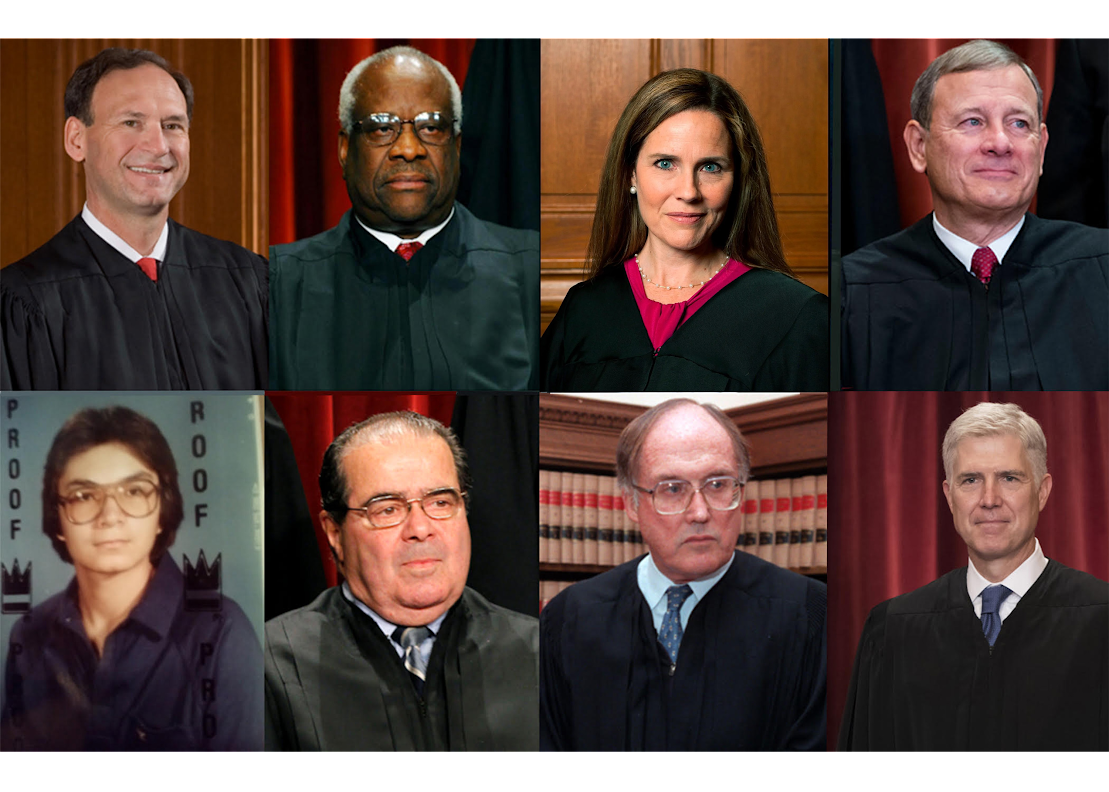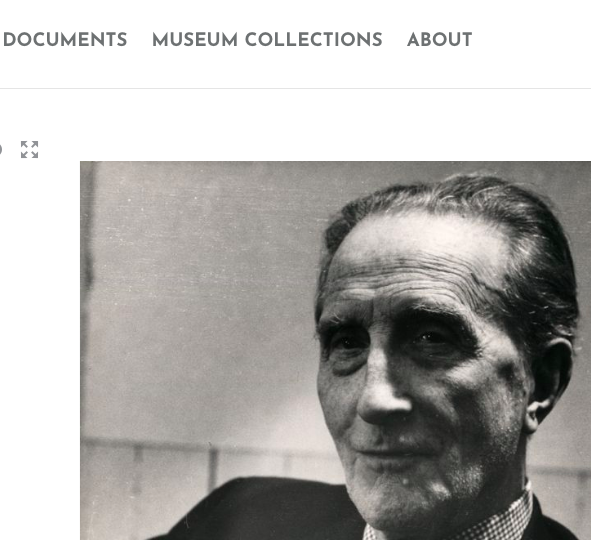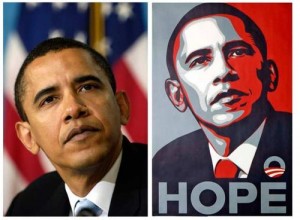It’s bad enough that copyright litigation isn’t cheap. Add the emotional, physical, and psychological toll it takes on litigants and you have a good recipe for surrender. I talk about this quite a bit with artists who ask me if they should pursue litigation against infringers, or litigation against copyright owners by “free culture” advocates wanting to test (and expand) the fair use standard under copyright law. The answer: according to some litigators, a plaintiff is going to spend not only quite a bit of money, but the time requirements will also drain a plaintiff’s creative output by exhausting her physically, emotionally, and psychologically. Instead of spending time in her studio, an artist will be overwhelmed with e-mails, telephone calls, and meetings with her lawyers, not to mention the discovery phase. If she’s lucky (and I’m being sarcastic here), she’ll spend a bit less time in settlement talks.
Sure enough, and just in time for my next copyright class, the photographer embroiled in the AP-Shepard Fairey lawsuit has decided to drop out of the three-way battle. Mannie Garcia has told the LA Times that “the legal proceedings have ‘taken a toll on [Garcia] personally and professionally. He thought he’d be better suited to focus his efforts on what he knows, taking photographs like the Obama image.'”
The AP has also decided to drop their claim against Mannie Garcia. In case anyone has forgotten, both the AP and Garcia were fighting over the copyright to the now infamous photograph of Barack Obama.
The LA Times also reports that there are settlement talks in the works. The Times article can be accessed here.
UPDATE: August 23, 2010. 5:25pm EST
The Associated Press is very pleased with Mannie Garcia’s withdrawal. The AP’s official statement below.
AP pleased with withdrawal of Mannie Garcia from Shepard Fairey case
The Associated Press is very pleased that Mannie Garcia has withdrawn from the case with prejudice, meaning that he cannot refile his claim against the AP. The AP has not wavered in its belief that Mr. Garcia was a staff photographer at the time he took the image of then-Sen. Barack Obama, that AP properly employed Mr. Garcia, and that AP is the rightful copyright owner of the photo in question. Further, the AP is pleased that Mr. Garcia voluntarily withdrew without any payment or consideration of any kind — this was not a settlement.
In a Court hearing on Monday, Judge Alvin Hellerstein indicated that he would sign the stipulation and enter the order. Also in Monday’s hearing, the judge set both a summary judgment schedule and a trial schedule for the case involving Shepard Fairey. The AP is happy to have these dates set. The AP continues to be confident in its position that the use Fairey made of its photo is not fair use, but one that should have been licensed so as to help ensure the AP’s photographers will be able to continue creating new works. The AP looks forward to resolution whether through summary judgment or trial on the merits. — From Paul Colford, AP Director of Media Relations










